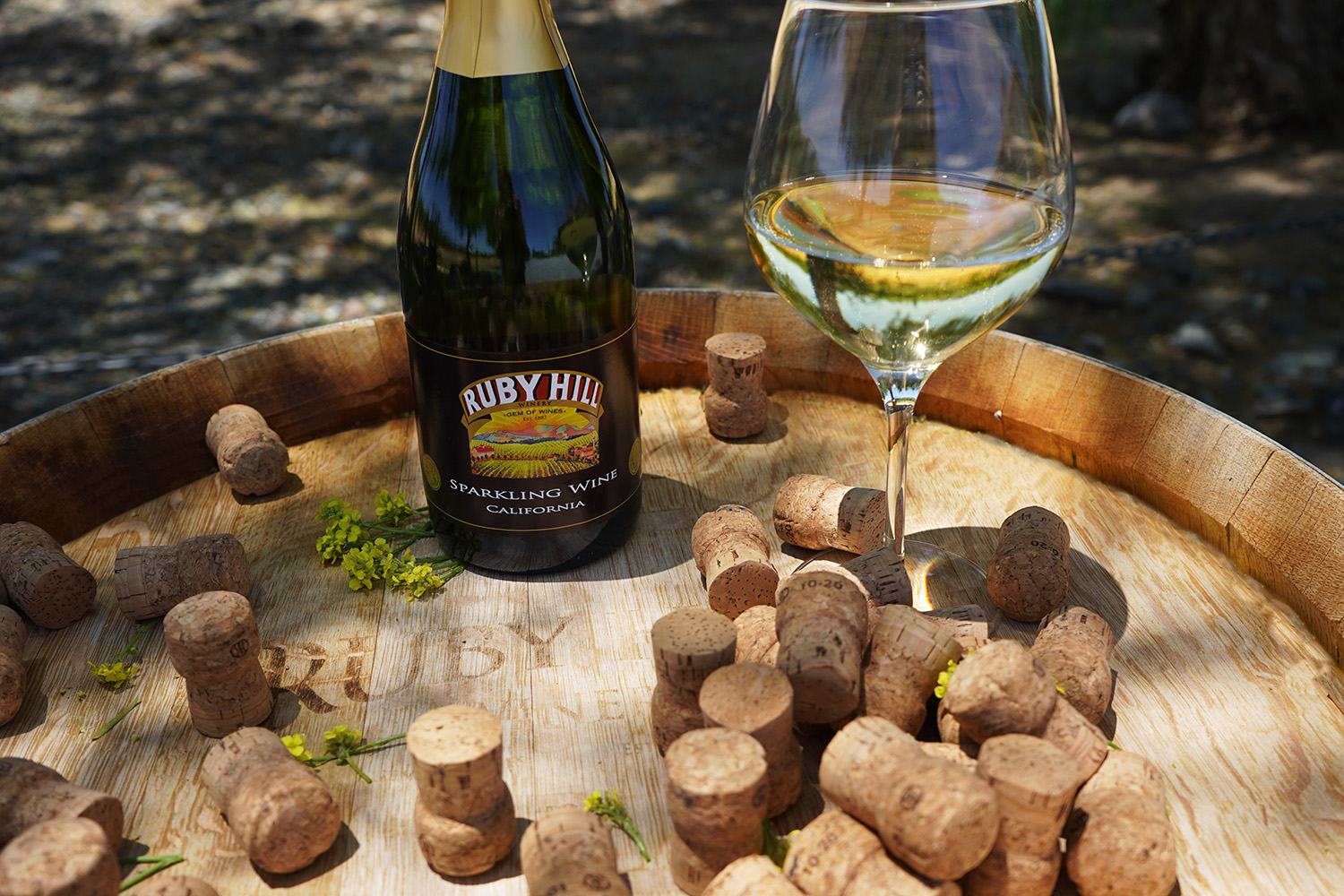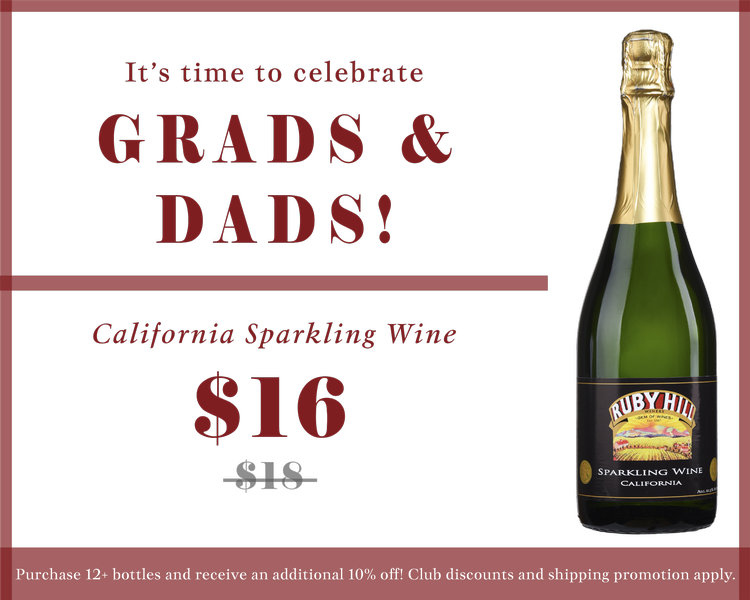Our Sparkling Guide to Bubbly Wine

The Sweet Spot
Works like "doux" and "sec" reflect the French Heritage of Champagne. These words are used to indicate the level of sweetness in a sparkling wine. From dry to sweet, some terms you may see are:
- Brut Nature (very dry)
- Extra Brut (dry)
- Brut (off-dry to dry)
- Extra Sec (medium- to off-dry)
- Sec (medium-dry)
- Demi-Sec (semisweet)
- Doux (very sweet)
A Game of Names
Even if they are made with the same varietal and method, American Sparkling Wines will not be labeled as Champagne. Just as “Cognac” must come from Cognac in France but “brandy” can be made anywhere, so "Champagne'' must be grown and made in the Champagne region, and consist of only Chardonnay, Pinot Noir and Pinot Meunier. Champagne made from 100% Chardonnay grapes is called "blanc de blancs" (white of white), while champagne made from dark grapes is called "blanc de noirs" (white of black). Names like Cava, Prosecco, Crémant, and Sekt are common terms for European sparkling wines from outside of the Champagne region. In the US, Sparkling wine can be made from any varietal, but we've taken notes from France, using predominantly Chardonnay and Pinot Noir grapes. Our Sparkling Wine here at Ruby Hill Winery is made from 100% Chardonnay.
You've Got a Sparkle in your Wines
Bubbles in Sparkling wine technically have the same composition as any carbonated beverage. Carbon Dioxide makes those tiny bubbles we all know and love. There is no single method for creating these beautiful sparkles, though some varieties of wine have rigid specifications of the proper procedure. When wine ferments, yeasts naturally release CO2. In the original Champagne method, winemakers cause the wine to go through a second fermentation in the bottle, trapping the gasses in the wine and creating the fine carbonation we all know and love. The "tank method" relies on the same process, but the secondary fermentation occurs in a tank instead of the bottles. Another method involves charging the wine with CO2, resulting in the same delicious bubbles dancing along the palate. All good sparkling is bright and perfect for food pairing and celebrating. Look for balance between acid and sweetness, and you're golden!
Have you had a chance to enjoy Ruby Hill Winery's Sparkling Wine?
Now's a perfect time! This weekend only, our Sparkling is available for only $16 per bottle.
Comments
Commenting has been turned off.Enjoy complimentary ground shipping when you order 6 or more bottles.
Sign Up For Our Newsletter
Keep up to date on the latest wine releases, events, and promotions.